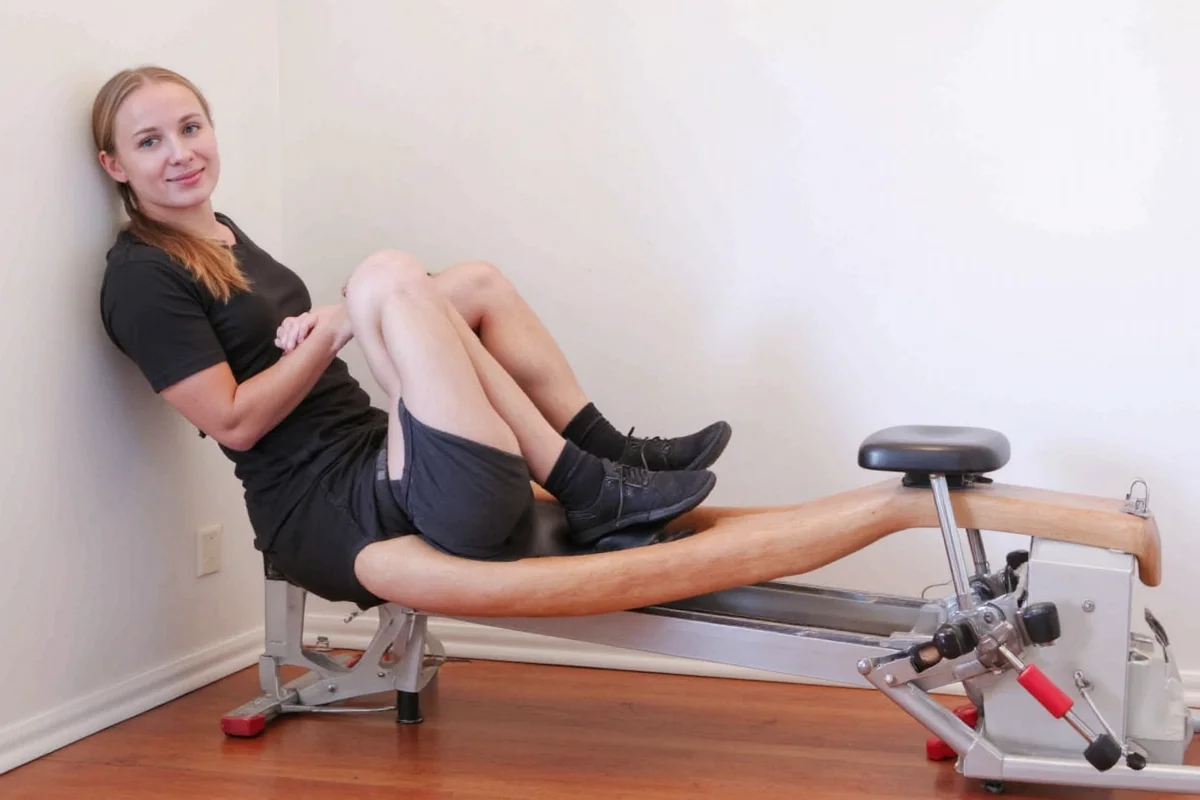To use a rowing machine properly, maintain proper form by following the correct sequence: start with a strong leg drive, transition to hip extension, and finish with a controlled arm pull. Return smoothly by reversing the motion—arms, then body, then legs—to prevent injury and maximize cardiovascular and strength benefits.
The Proper Rowing Machine Technique: A Step-by-Step Guide
Mastering the rowing stroke is essential for building endurance, strength, and cardiovascular health without risking strain or injury. The movement consists of four phases: catch, drive, finish, and recovery. Each phase requires coordination between your legs, core, back, and arms.
The Four Phases of the Rowing Stroke
- Catch: Begin seated with knees bent, shins vertical, arms extended forward, and shoulders relaxed. This is the starting position.
- Drive: Push through your legs first, keeping arms straight. Once legs are nearly extended, engage your core and hinge at the hips to swing the torso slightly backward.
- Finish: Pull the handle toward your lower ribs using your arms only after full leg and hip extension. Elbows should be close to your body.
- Recovery: Reverse the motion: extend arms first, then hinge forward from the hips, and finally bend your knees to return to the catch position.
Common Mistakes to Avoid on a Rowing Machine
Even experienced users make errors that reduce efficiency and increase injury risk. Identifying these early ensures long-term success.
- Using arms too soon: Initiating the stroke with arms instead of legs reduces power and strains shoulders.
- Rounding the back: Poor spinal alignment during the catch or recovery can lead to disc pressure and back pain.
- Overreaching at the catch: Stretching too far forward compromises lumbar stability.
- Jerky movements: Rapid, uncontrolled strokes decrease aerobic efficiency and increase joint stress.
- Holding breath: Not breathing rhythmically limits oxygen delivery and endurance.
Benefits of Correct Rowing Form
When performed properly, rowing delivers full-body conditioning. It engages approximately 86% of major muscle groups, including quadriceps, glutes, hamstrings, core, back, and arms.
Proper technique enhances cardiovascular fitness, improves muscular endurance, and supports joint-friendly low-impact training—ideal for people with knee or hip concerns.
| Muscle Group | Activation Level (%) | Phase of Stroke with Peak Engagement |
|---|---|---|
| Quadriceps | 95 | Drive (initial leg push) |
| Gluteus Maximus | 90 | Drive (hip extension) |
| Hamstrings | 80 | Drive and Finish |
| Erector Spinae (Lower Back) | 70 | All phases (stabilization) |
| Lats (Latissimus Dorsi) | 85 | Finish (arm pull) |
| Biceps | 75 | Finish |
| Abdominals | 65 | Recovery and stabilization |
The data shows that leg muscles contribute most during the drive phase, emphasizing the importance of initiating each stroke with powerful leg extension. Upper body muscles peak later, confirming that arms should only engage after leg drive.
Maintaining core activation throughout protects the spine and links power efficiently from lower to upper body—a key factor in injury prevention and performance optimization.
How to Breathe While Rowing
Breathing rhythmically supports stamina and power output. Inhale during the recovery phase when your chest expands, and exhale during the drive as your abdominal muscles contract.
This natural sync with movement helps sustain effort over longer sessions and prevents dizziness or fatigue caused by oxygen debt.
Frequently Asked Questions About Using a Rowing Machine Properly
What is the correct posture on a rowing machine?
Sit tall with a neutral spine, shoulders down and back, chest open, and core engaged. Avoid rounding or overarching your back. Your head should remain in line with your spine, eyes forward.
How often should I use a rowing machine for best results?
For general fitness, aim for 3–5 sessions per week lasting 20–45 minutes. Include interval training and steady-state rows to build both endurance and power.
Can rowing help me lose belly fat?
Yes—rowing burns calories effectively and boosts metabolism. While spot reduction isn’t possible, consistent rowing combined with nutrition leads to overall fat loss, including abdominal areas.
Why does my lower back hurt after rowing?
Lower back pain often results from rounding the spine or overreaching at the catch. Focus on hinging at the hips with a flat back and engaging your core to support your lumbar region.
Should I row with high resistance?
No—higher resistance doesn’t mean better workout. Most athletes use a damper setting between 3–5 (on a 1–10 scale). Focus on smooth, powerful strokes rather than heavy drag.










 浙公网安备
33010002000092号
浙公网安备
33010002000092号 浙B2-20120091-4
浙B2-20120091-4